
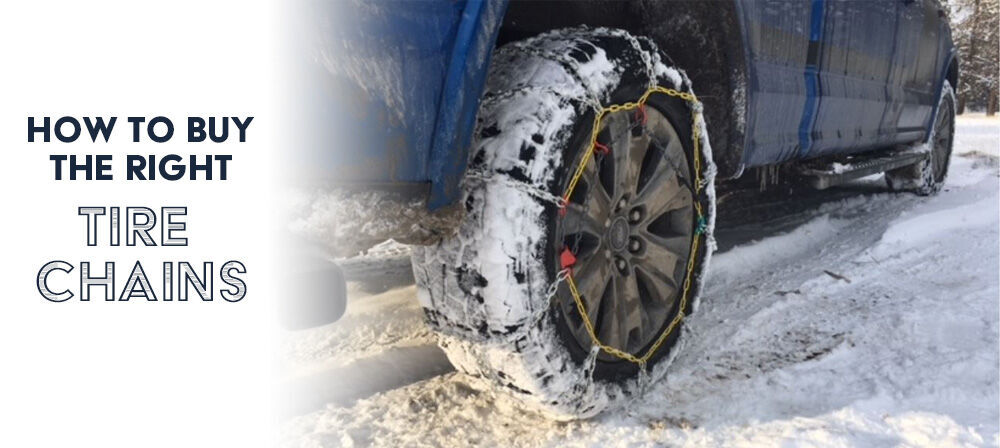
Snow Tire Chain Overview: How to Buy the Right Tire Chains
Step 1: Identify any tire chain restrictions for your vehicle
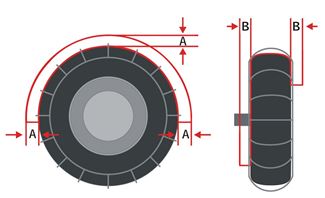
Step 2: Identify your tire size
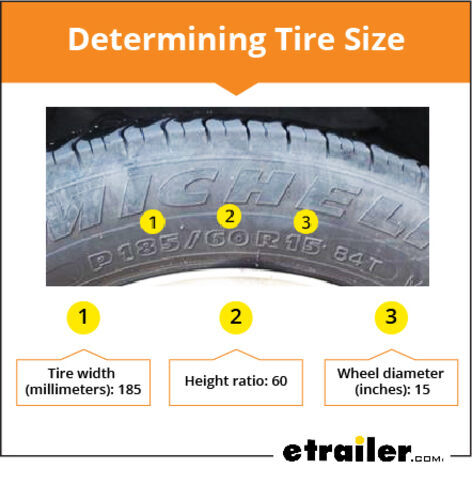
Step 3: Determine which tire chains are best for your application
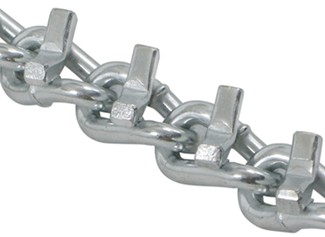
Choosing tire chains for ice:
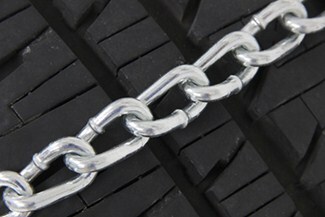
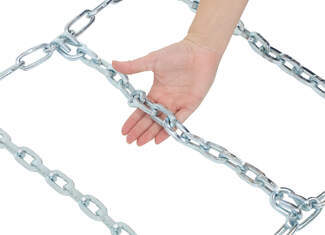
Choosing tire chains for deep snow:
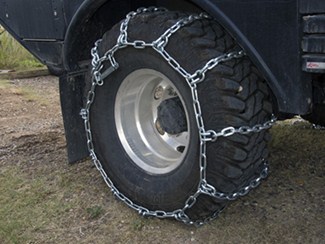
Choosing tire chains for mud and off-road use:
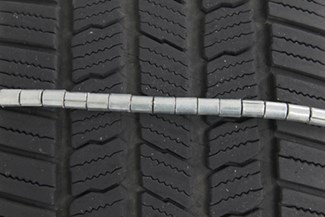
Choosing chains for short trips in light snow:
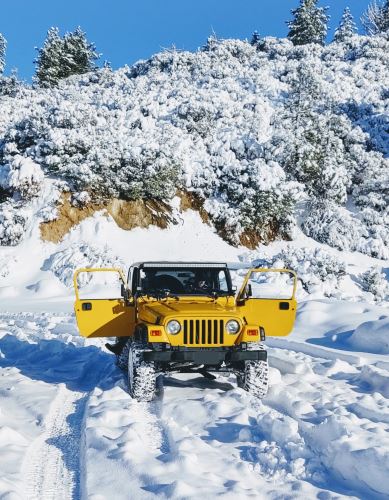
Step 4: Decide how frequently you'll use tire chains
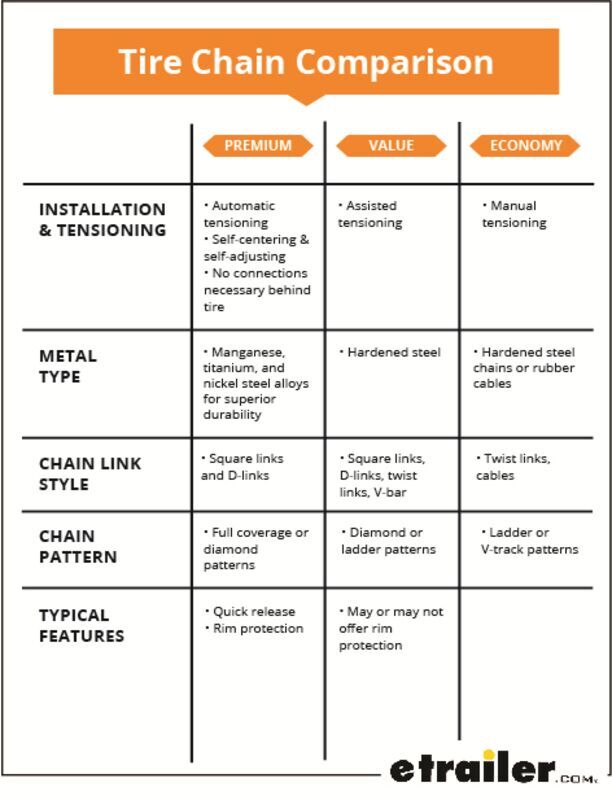
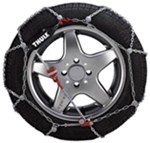
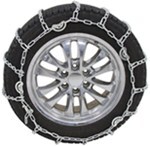
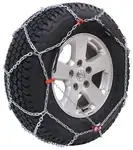

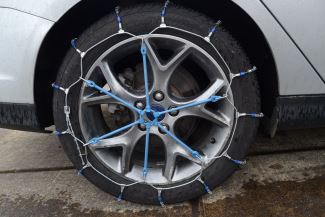
Step 5: Select a chain using our fitguide

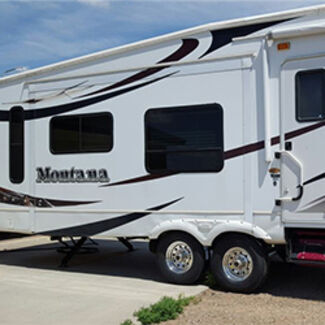
Venessa
2/18/2022
I drive a 2020 Mitsubishi Outlander 225/55/18 tires. I was referencing my owners manual to see if S class chains are needed but no info is given except “•tire chains cannot be used on your vehicle. The clearance between the chains and the body is not sufficient to allow proper clearance, and the vehicle body might be damaged.” What would I do if I’m on vacation driving in a state requiring tire chains, aside from purchasing snow tires.

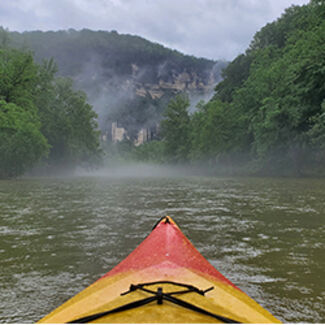
Elizabeth A.
12/26/2021
I have snow chains for a 2004 Toyota Sienna (tire size 225/60/17), and wanted to find out if they will fit a 2016 Toyota Sienna (tire size 235/60/17)?? Thank you, Elizabeth

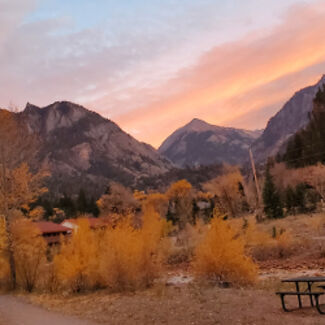

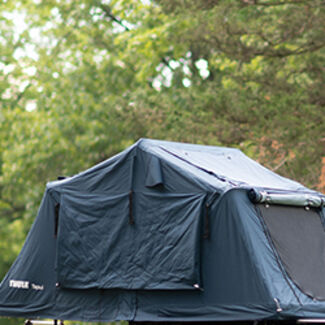
Bill H.
1/8/2021
excellent article just in time i will be buying soon. the wife and i plan on making a trip to washington state this coming 2021 summer i may not need them but will play it safe and we like to off road camp all year round so they will come in handy sooner or later thanks for the update
Departments
Towing
- Trailer Hitch
- Fifth Wheel
- Gooseneck
- Towing a Vehicle
- Front Hitch
- RV Hitch
- ATV Hitch
- HD Truck Hitch
- Vehicle Wiring
- Brake Controller
- Ball Mounts
- Weight Distribution
Sports and Recreation
Trailer Parts
- Utility Trailer
- Boat Trailer
- Landscape Trailer
- Enclosed Trailer
- 5th/Camper Trailer
- Car Hauler
- Horse Trailer
Vehicle
Contact & Help

What our customers are saying:
"Outstanding service! From communication to delivery, this company is one of the best online services I have worked with! Best prices, friendly, helpful, and very, very fast. I would, without question, use them again over the competition!"
Popular Vehicles
- Subaru Forester
- Ford F-350 Super Duty
- Ford F-250 Super Duty
- Chevrolet Silverado 1500
- Jeep Wrangler Unlimited
- Jeep Wrangler
- Ram 3500
- Toyota Highlander
- Ram 2500
- Chevrolet Silverado 2500
- Subaru Outback Wagon
- Chevrolet Silverado
- Dodge Ram Pickup
- GMC Sierra 2500
- Ram 1500
- Ford F-250 and F-350 Super Duty
- Jeep Grand Cherokee
- Toyota Tacoma
- GMC Sierra 3500
- Toyota Tundra
- Ford Escape
- More >>


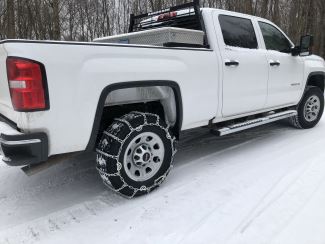
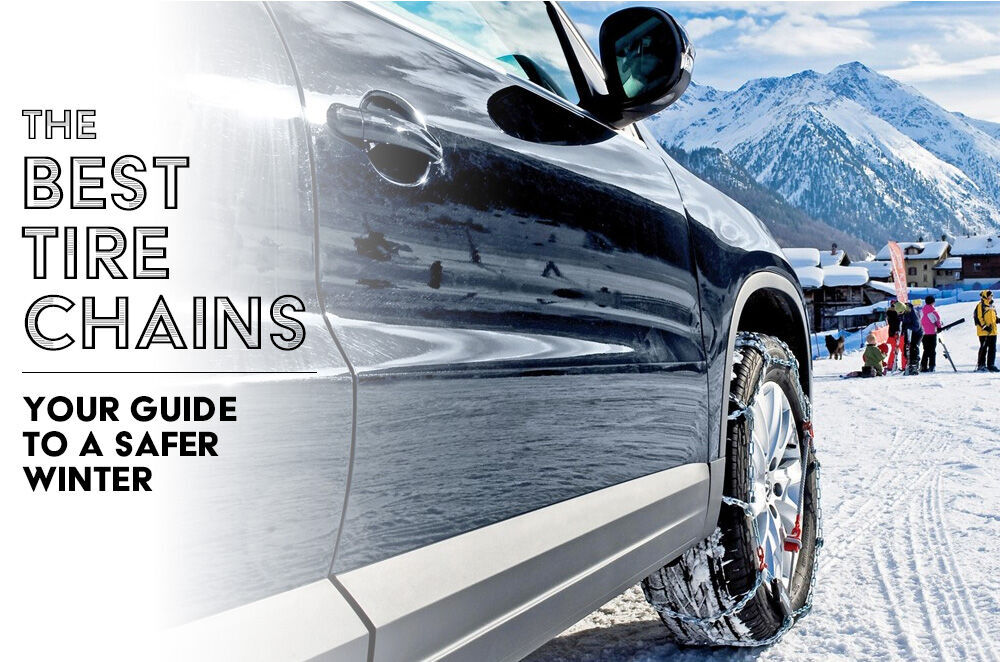
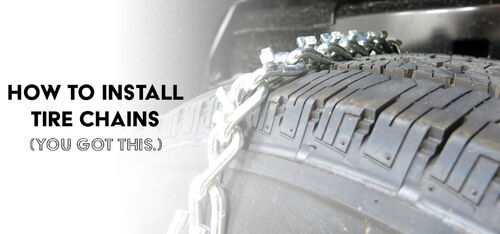
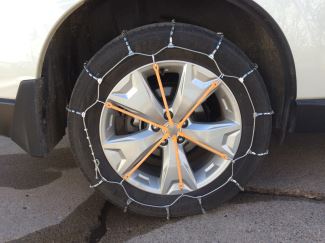
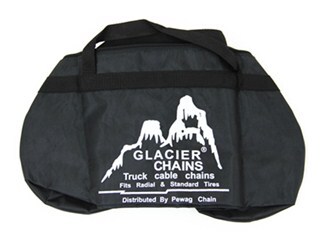



























Luis
2/24/2022
I need a tire chain for my F-250.2012 35x12.50R20